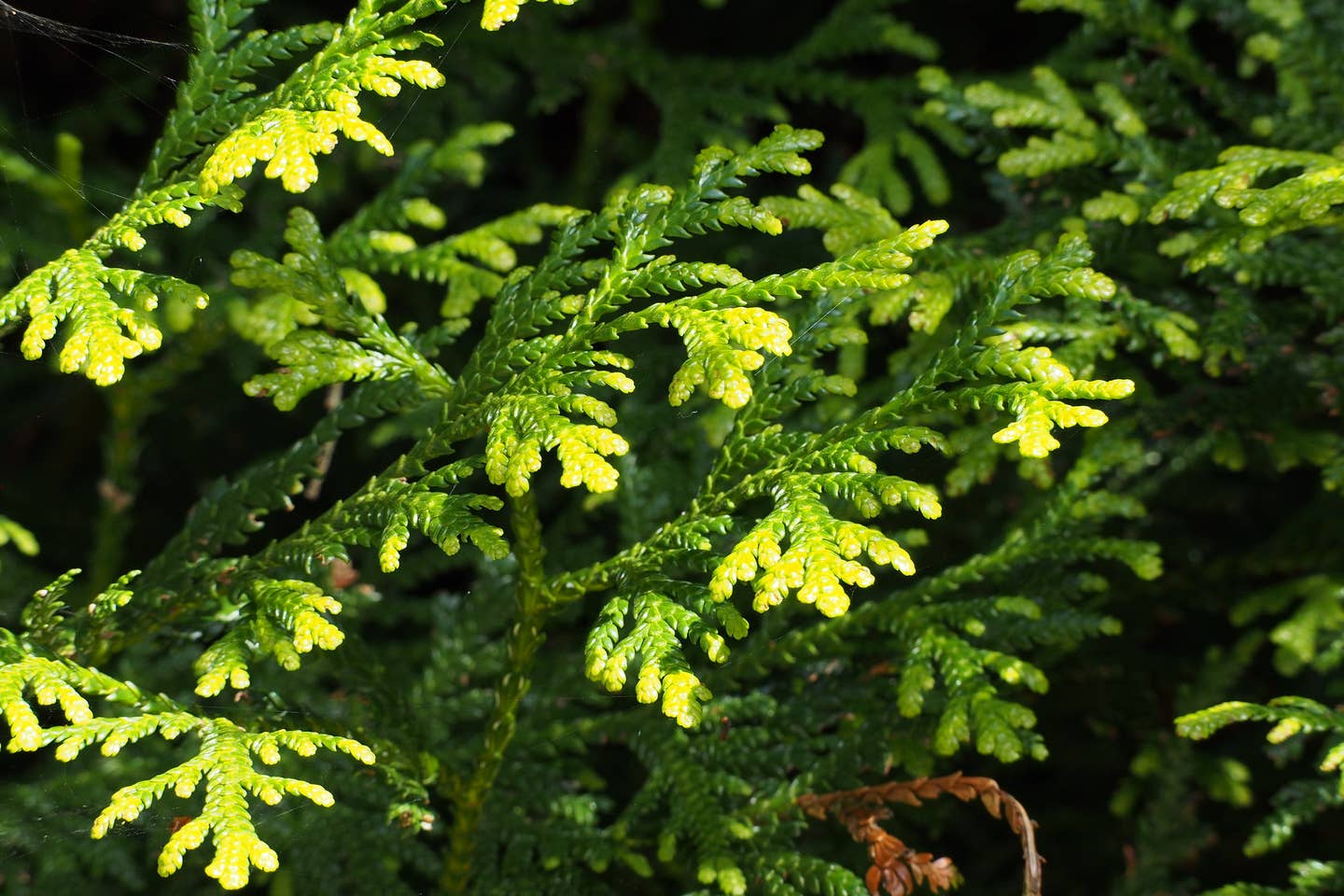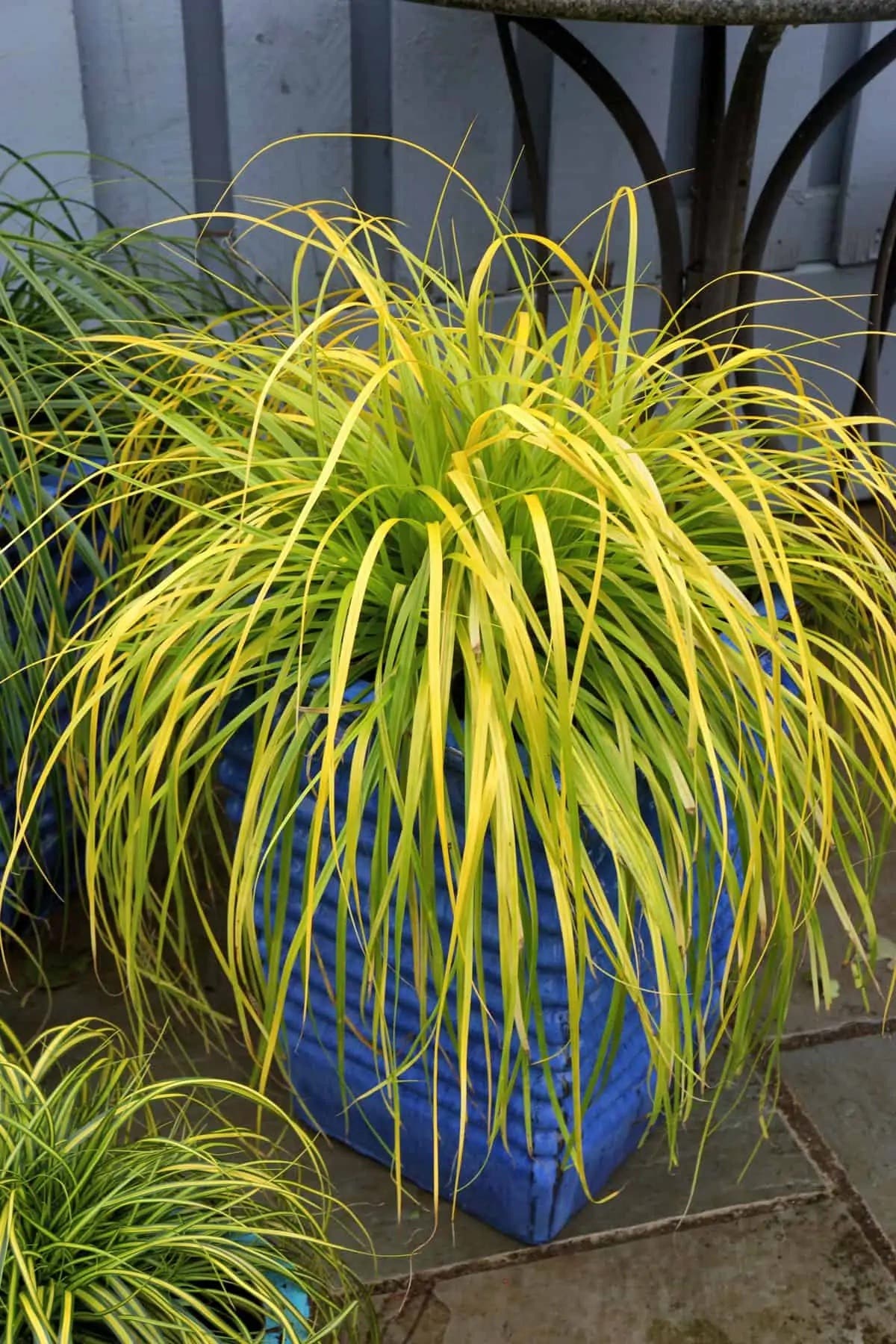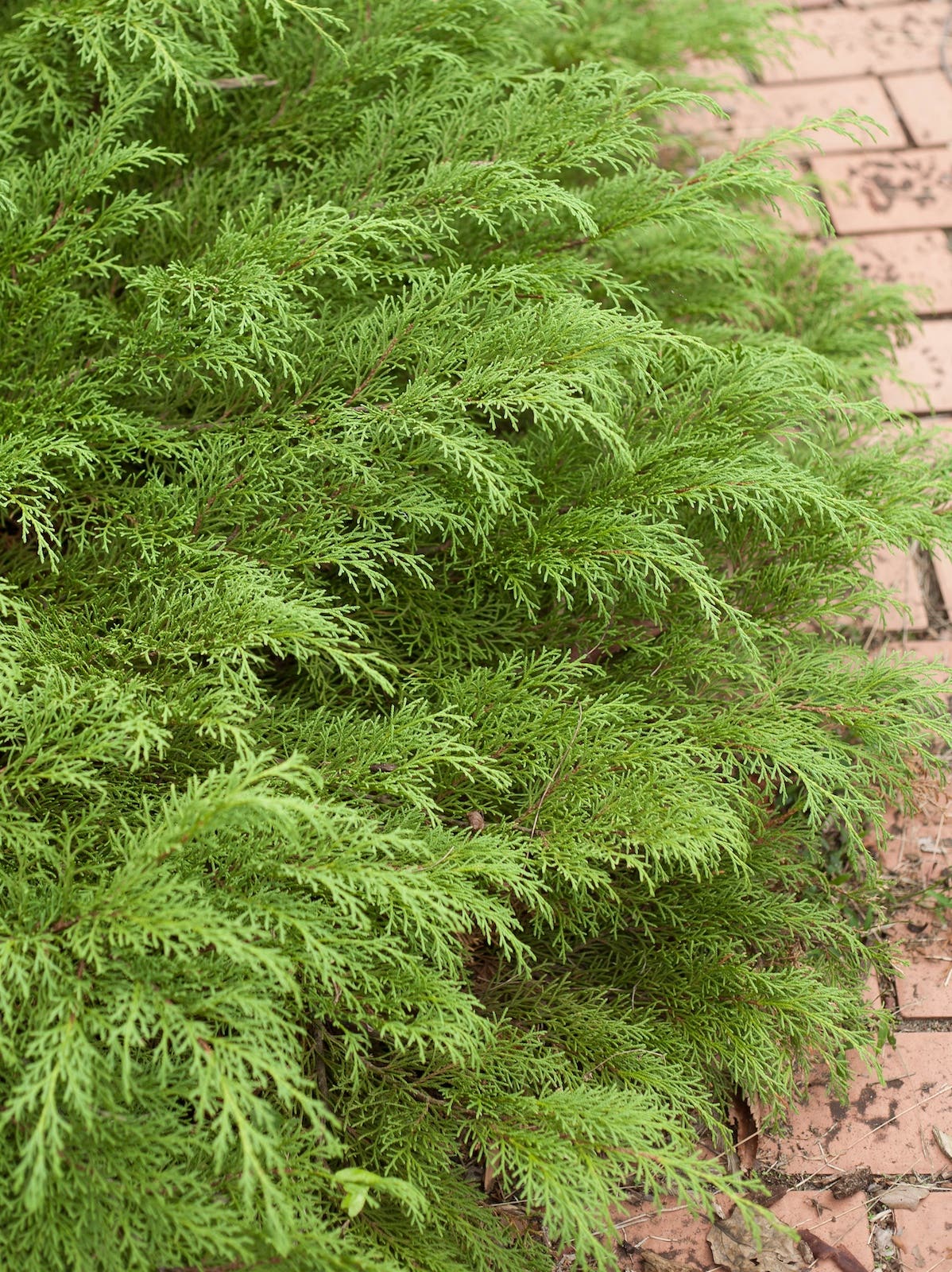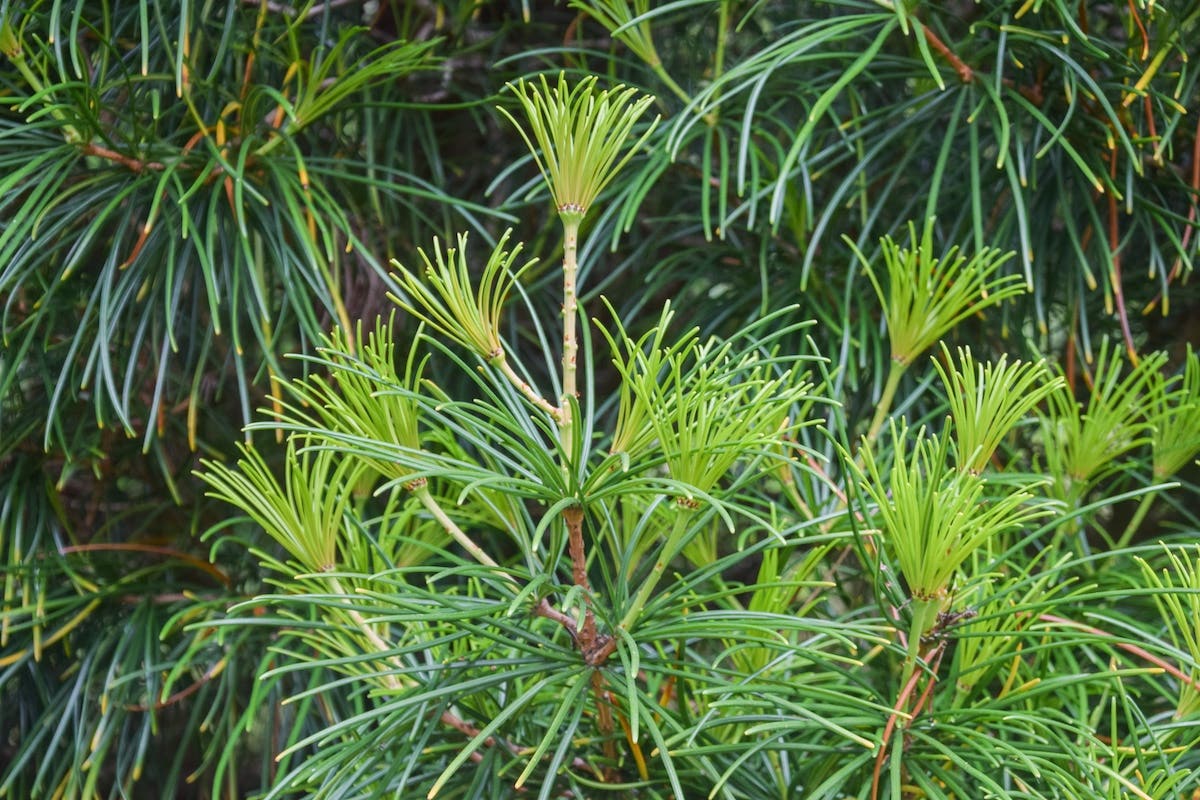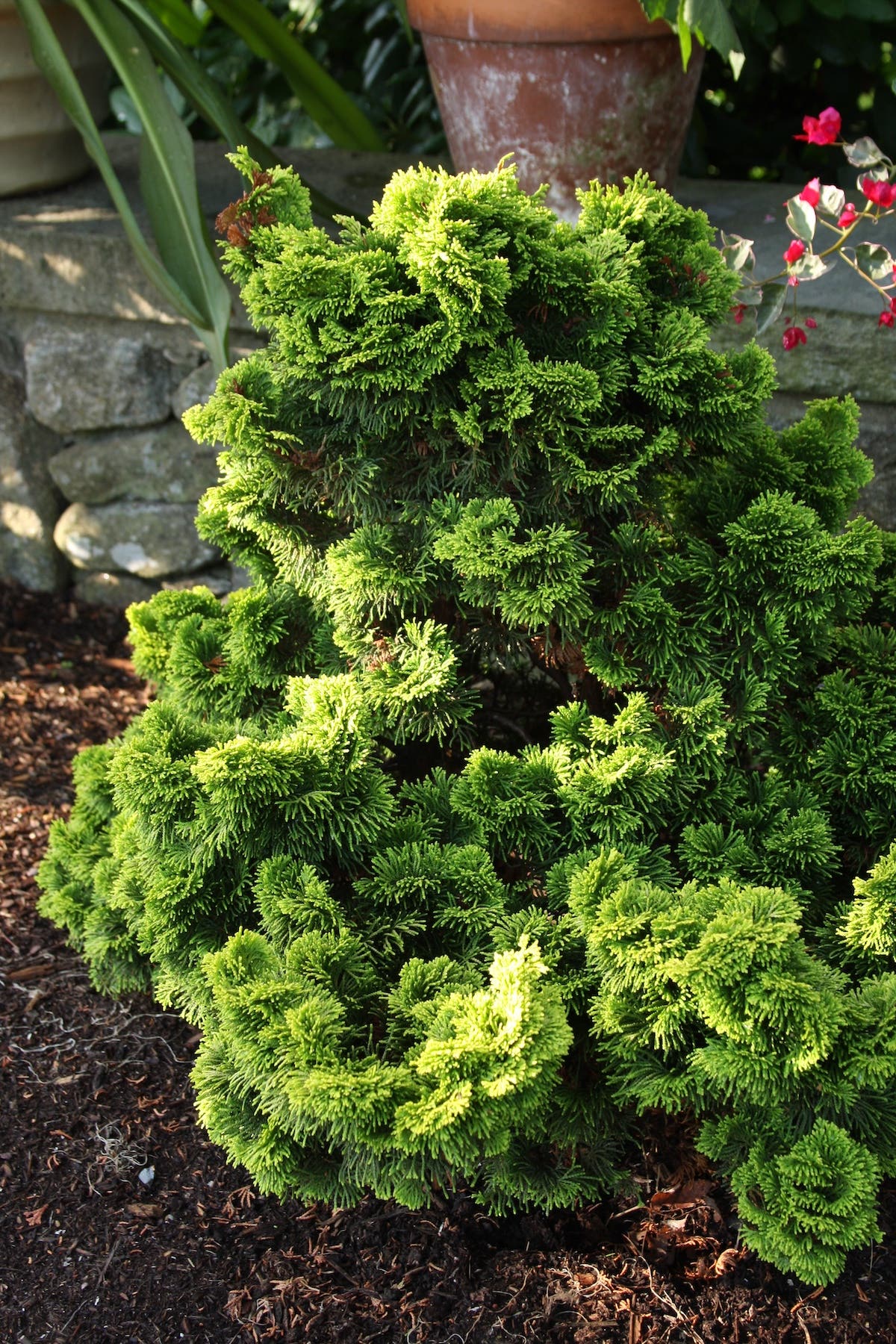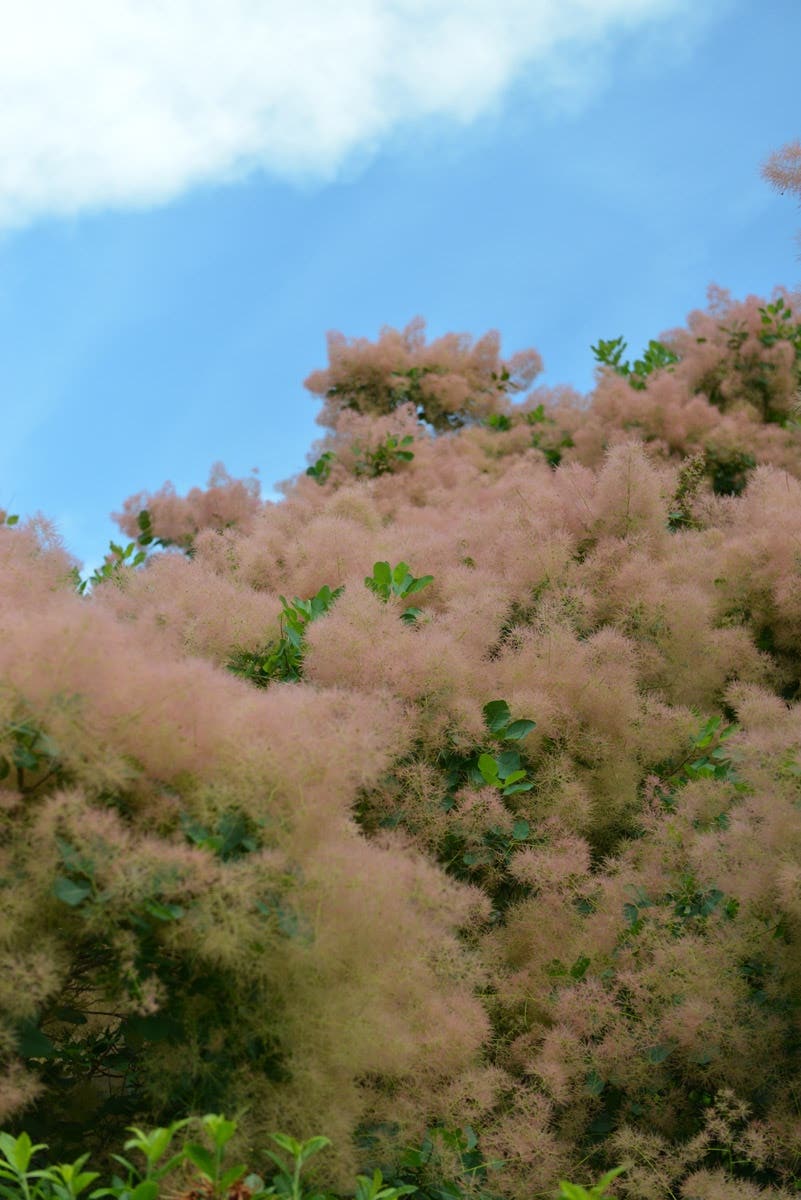Pineapple lilies (Eucomis) are strappy-leaved South African bulbs with a flower plainly reminiscent of a certain tropical fruit. Demanding little in both care and space, they make a fun conversation piece in the summer garden and prove worthy of winter storage where they’re not hardy.
In summer, the pineapple lily bulb puts up a thick scape topped with a dense raceme of buds that open to reveal small white, greenish or purple star-shaped flowers. These open along the stem from bottom to top. In full bloom, the raceme resembles the textured rind of a pineapple. A tuft of green leaves top the flower structure, mimicking the pineapple’s crown.
Related: "Unusual Bulbs for the Garden"
The pineapple lily can bloom for six to eight weeks, usually beginning in midsummer. Prior to that, this plant lends interest with its foliage. The leaves form a dense rosette, usually about a foot tall and spanning one to three feet wide. (Precise dimensions depend on species and cultivar.) Individual leaves are long and straplike. Their slightly crimped edges add an interesting texture, and the leaf color ranges from bright green to wine red. Some pineapple lily varieties show purple speckling on lime-hued leaves.
Growing pineapple lilies in the ground
Pineapple lilies thrive in moist, rich, well-drained soil and full sun. Generally winter hardy in USDA Zones 7 through 10, they grow from bulbs planted six inches deep in spring, after any threat of frost has passed. It can take upward of four weeks to see growth from the bulbs. (For a faster start, they can also be bought in active growth and transplanted, or given a head start in pots indoors. Read "How to Start Summer Bulbs Indoors.")
Once pineapple lilies are growing outdoors, they need regular watering to ensure they bloom. After their first season in the garden, a spring topdressing with compost or the application of a slow-release fertilizer takes care of their nutrient needs. As with all flower bulbs, be sure to let their leaves yellow and whither completely before removing them in fall; the foliage is how the bulb feeds itself. Winter mulch helps protect the bulbs in the colder reaches of their hardiness range.
Growing pineapple lilies in containers
Pineapple lilies thrive in pots, which make it easier for Northern gardeners to overwinter the bulbs. Containers also allow warm-climate gardeners to move the plants into later-day shade if hot summer sun begins to take a toll, and to avoid the risk of rot in poorly draining soil. Although garden-grown pineapple lilies are planted deeper, the container-planted bulbs should be positioned with their noses just about an inch below the top of the growing medium.
Pots tend to dry out more quickly than the earth, so take care to check them daily. As the growing season nears its end, the entire container can be moved indoors. Once the foliage dries, remove it and store the pot in a cool, dark space. Bulbs can also be dug and stored bare.
Placement and companions for pineapple lilies
Pineapple lily is a valuable addition to sunny spaces because of its bold-textured foliage, which stands in contrast to so many of our fine-leaved full-sun favorites, like threadleaf coreopsis (Coreopsis verticillata), hummingbird mint (Agastache) and autumn sage (Salvia greggii). The strappy leaves provide visual weight among these wispier companions, making eucomis a valuable player well before it blooms.
However, these bulbs aren’t limited to siting alongside thinner foliage. They can join other plants with large, striking leaves—like canna, agave and elephant ears (Colocasia)—to create a tropical feel. They also provide an echo to the fountain shapes of ornamental grasses.
Pineapple lilies growing in the earth should be placed in the middle or toward the front of a bed or border, where they won’t be obscured by taller companions. Containers—which allow the bulbs to survive among companions that prefer drier conditions—can be placed amid grounded plantings or given prime position on a patio edge or elevated surface.
Image credits: 'Princess Bride' and 'Safari Adventure' courtesy of Walters Gardens; 'Oakhurst' by cultivar413/CC BY 2.0 DEED


